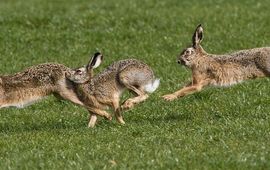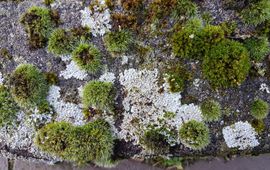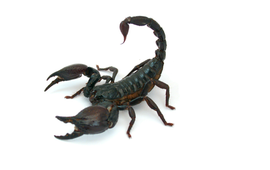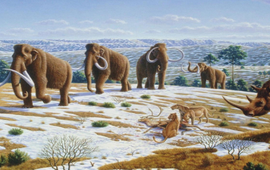Nature reports
File: Animal tracks
Page 1 of 1 - 4 Results

Animals lose dander, mucus and hair that end up in the air. Would it be possible to collect and analyse those traces to map local biodiversity? This was the main question of a Danish research team. The team placed an air sampler..

Which 'hidden' organisms live in the city? How can we use these organisms to help trees grow better, make concrete more plant-friendly and measure heat stress? Will city dwellers act more environmentally conscious if they let..

An international team of scientists has found an innovative, animal-friendly way of studying venom genes. The technique makes it possible to determine the unique venom production of a wide range of venomous animals...

The current Arctic region is a desolate place with sparse scrubs, barely enough to support roaming reindeer. Yet 50,000 years ago, in the Pleistocene, that picture was completely different: large herds of woolly mammoths and..
